Not Knowing This Difference Between Nifty & Sensex Could Cost You as an Investor
If you’ve ever tuned into financial news or scrolled through market updates, you’ve probably heard about the Nifty 50 rising or the Sensex falling. But what do these terms mean? And more importantly, why should Indian investors care?
Whether you’re just starting or want to make smarter portfolio decisions, understanding the difference between Nifty and Sensex can shape your entire approach to market investing.
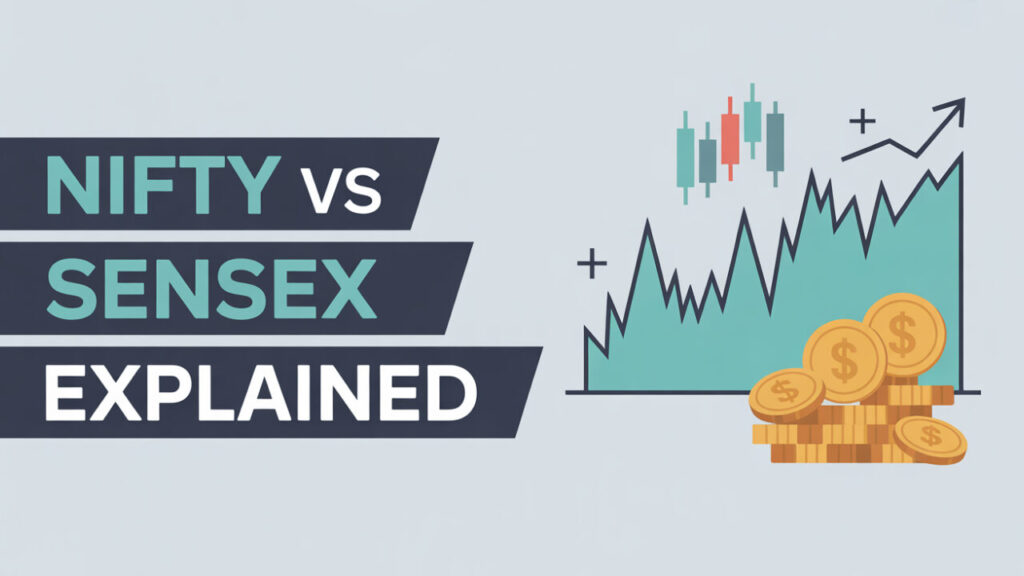
What Is the Nifty 50 and Sensex?
Let’s start with the basics:
- Nifty 50: An index of the top 50 listed companies on the National Stock Exchange (NSE). It represents major sectors of the economy, from IT to finance, pharma to FMCG.
- Sensex: Short for Sensitivity Index, the Sensex tracks 30 of the largest and most actively traded companies on the Bombay Stock Exchange (BSE).
Both are benchmark indices in India, offering a snapshot of the overall market mood. But while they serve similar purposes, they’re not identical.
Nifty vs Sensex: Key Differences Explained
| Feature | Nifty 50 | Sensex |
|---|---|---|
| Exchange | NSE (National Stock Exchange) | BSE (Bombay Stock Exchange) |
| Number of Companies | 50 | 30 |
| Index Base Year | 1995 (base 1000 points) | 1978–79 (base 100 points) |
| Broader Market Representation | Covers wider market sectors | More concentrated market coverage |
| Calculation Method | Free-float market capitalization | Free-float market capitalization |
Why Do Nifty and Sensex Matter for Investors?
Understanding Indian stock market indices like the Nifty 50 and Sensex helps investors:
- Track market performance
- Gauge economic health
- Make informed investment decisions
- Choose index-based mutual funds or ETFs
These indices are benchmarks. If your portfolio outperforms theirs, you’re doing well. If not, it may be time to reassess.
What Is the Difference Between Nifty 50 and Sensex for Beginners?
For beginners, the Nifty 50 might offer better diversification. It includes 50 companies, making it more representative of the Indian economy than the Sensex’s 30.
However, both indexes include giants like:
NSE vs BSE: Why It Matters
Understanding the difference between NSE (home to Nifty) and BSE (home to Sensex) is important too.
- NSE is India’s largest exchange by volume and is more tech-driven.
- BSE is Asia’s oldest stock exchange with a rich history.
Most online brokers today offer access to both exchanges, so you’re not limited to one.
How Are Nifty and Sensex Calculated?
Both indices use:
- Free-float market capitalization
- Formula: (Free-float Market Cap of Index Stocks ÷ Base Market Cap) × Base Index Value
So, if high-weightage stocks like Reliance or Infosys move significantly, it directly impacts the index.
Should I Invest in Nifty or Sensex Index Funds?
Yes, especially if you’re into passive investing. Index funds and ETFs based on Nifty or Sensex are:
- Low-cost
- Easy to understand
- Great for long-term wealth creation
Nifty 50 vs Sensex: Which Is Better for You?
Choose Nifty 50 if you want:
- Wider sector exposure
- More diversification
- Access to more top Indian companies
Choose Sensex if you want:
- Exposure to historically stable companies
- Simpler, compact index
- Easier tracking with fewer constituents
Nifty vs Sensex Is About Strategy, Not Superiority
In the ever-evolving Indian stock market, the choice between the Nifty 50 and Sensex isn’t about which is better. It’s about what aligns with your investment goals.
Whether you’re a passive investor looking at index investing in India, or an active trader tracking stock market indices in India, understanding these benchmarks helps you build a smarter strategy.
And remember, these indices are not just numbers, they’re mirrors of India’s economic journey.
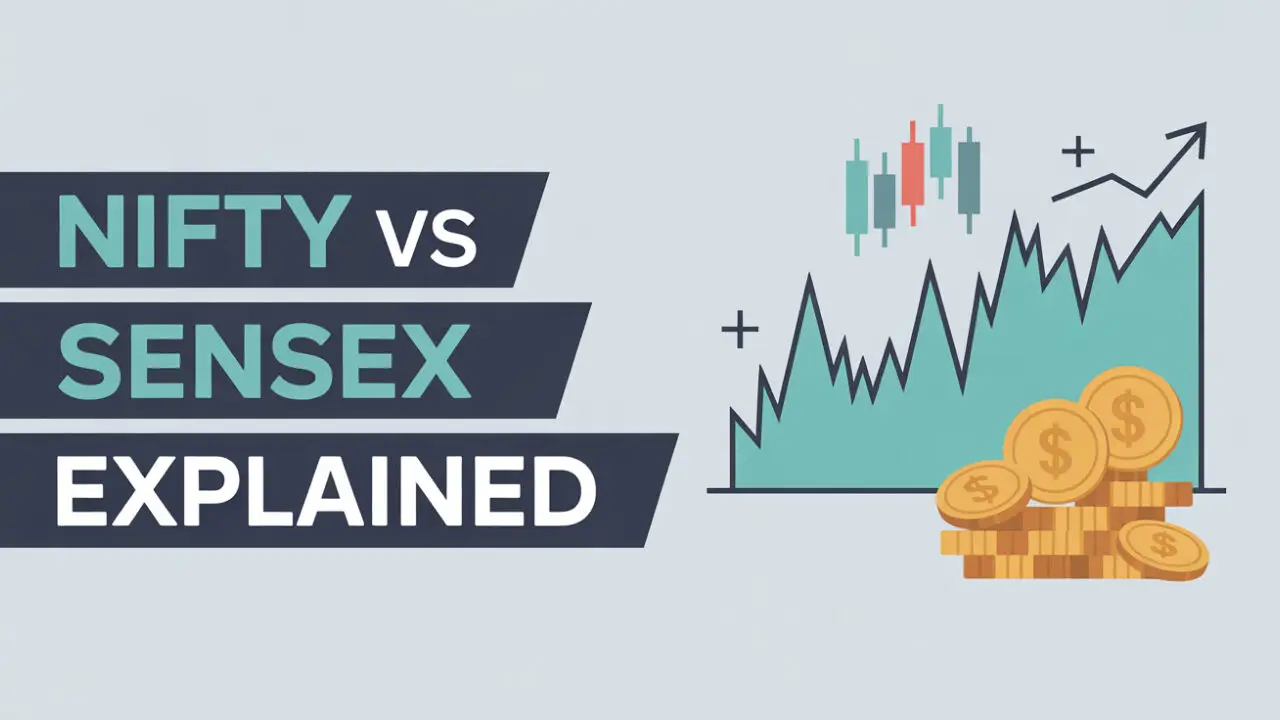



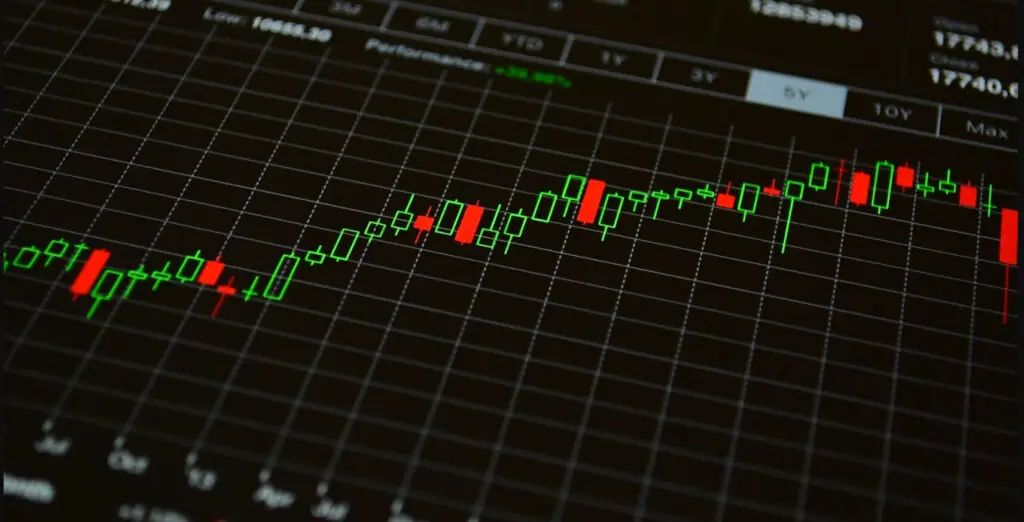
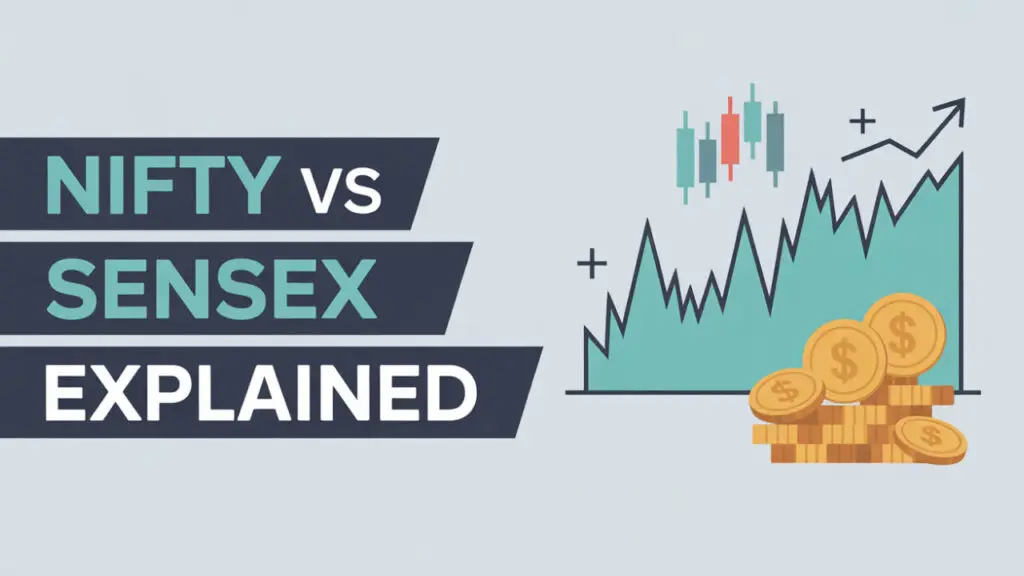




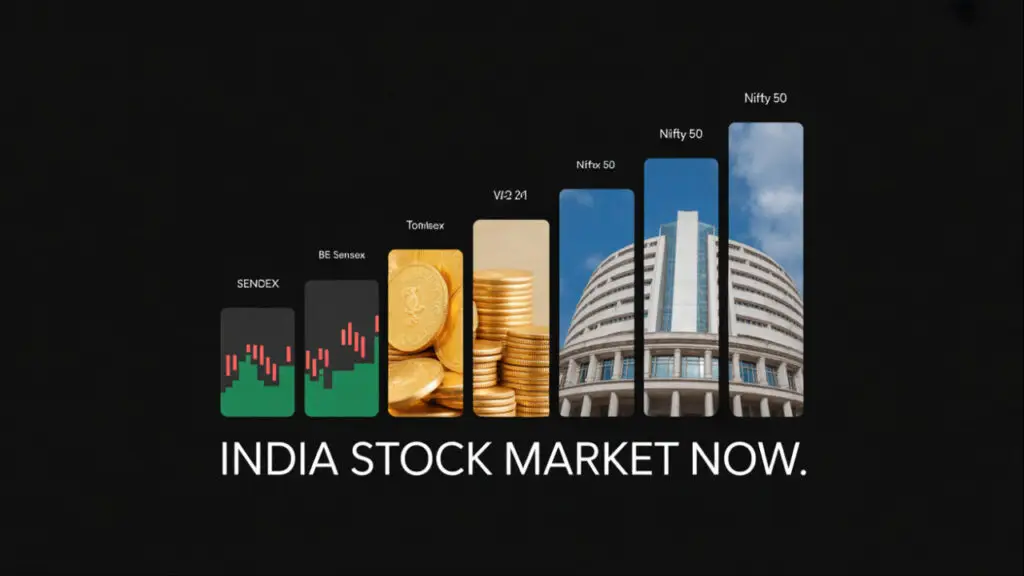
Leave a Reply